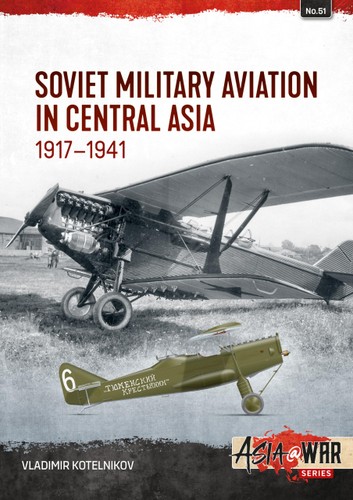

Most ebook files are in PDF format, so you can easily read them using various software such as Foxit Reader or directly on the Google Chrome browser.
Some ebook files are released by publishers in other formats such as .awz, .mobi, .epub, .fb2, etc. You may need to install specific software to read these formats on mobile/PC, such as Calibre.
Please read the tutorial at this link: https://ebookbell.com/faq
We offer FREE conversion to the popular formats you request; however, this may take some time. Therefore, right after payment, please email us, and we will try to provide the service as quickly as possible.
For some exceptional file formats or broken links (if any), please refrain from opening any disputes. Instead, email us first, and we will try to assist within a maximum of 6 hours.
EbookBell Team

4.1
80 reviewsThe utilization of air power by the Communist regime in Russia during the revolutionary period and civil war to control its territories in Central Asia is an intriguing aspect of military history often overlooked in Western narratives. The region, which bordered Iran, Afghanistan, and China, and included the ancient cities of Samarkand and Bukhara, held strategic significance for both the Russian Empire and the subsequent USSR. Attempts to impose Russian or communist ideologies on the indigenous tribal populations clashed with deeply rooted Islamic traditions, leading to resistance movements such as the Basmachi uprising.
The Basmachi insurgency, viewed as defenders of traditional tribal values by the local populace, was perceived as mere banditry by the Russian and Soviet authorities. Policing such vast and challenging terrain, where environmental conditions posed significant hazards alongside armed opposition, necessitated innovative approaches. Consequently, the Soviets turned to air power as a means of controlling these remote regions.
Despite inventive tactics, the aircraft employed by the Soviets in Central Asia during the inter-war period were often outdated, worn-out, or repurposed from other theaters of operation. This reliance on obsolete or marginal aircraft highlights the resource constraints faced by the Soviet military during this tumultuous period.